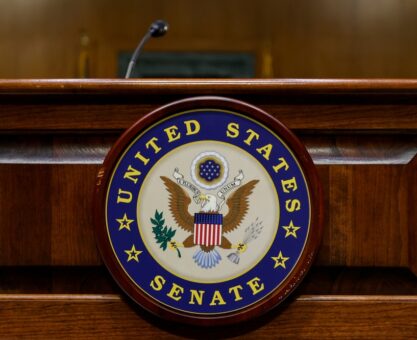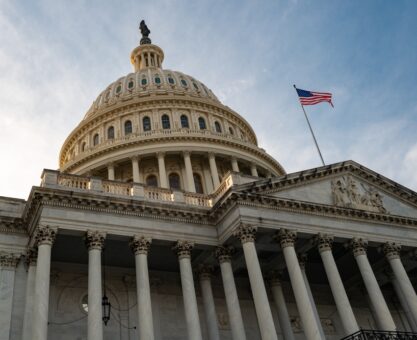As the August 31, 2025, deadline approaches, President Donald Trump is expected to issue an alternative pay plan that could result in a federal pay freeze for 2026. This move, aimed at averting automatic locality pay increases mandated by the 1990 Federal Employees Pay Comparability Act (FEPCA), has sparked debate among federal workers, unions, and policymakers. With just days remaining, the plan’s implications for the federal workforce and government budgeting are coming into sharp focus.
Each August, the president must submit an alternative pay plan to Congress, declaring an “economic emergency” to bypass FEPCA’s automatic locality pay adjustments. These adjustments, designed to align federal salaries with private-sector wages, are often criticized by administrations for their outdated methodology. Trump’s expected federal pay freeze aligns with his first-term approach, where he proposed freezes in three of four years, though Congress overruled each attempt, granting raises between 1.4% and 2.6%. In 2020, Trump initially proposed a 1% increase but later reverted to supporting a freeze, only for Congress to approve the 1% raise.
The Trump administration diverged from tradition by not including a pay proposal in its spring budget submission. Russell Vought, former Office of Management and Budget (OMB) director, explained this was to avoid “confusing” messaging during budget reconciliation. However, April 2025 OMB passback documents instructed agencies to plan for no pay increase in 2026.
Opposition and Support
The American Federation of Government Employees (AFGE) has criticized the potential freeze, advocating for a 5.2% raise to address inflation (3.1% annually in mid-2025) and staffing shortages. Unions may challenge the freeze if the “economic emergency” justification lacks sufficient evidence, potentially leading to legal battles.
Some Republicans support the freeze as a cost-saving measure, while Democrats push for raises of at least 3% to match inflation. However, the Republican-controlled House in 2025 reduces the likelihood of congressional intervention.
Potential Impacts
A freeze could save billions, aligning with Trump’s goal of reducing federal spending. However, automatic FEPCA raises, averaging 5 – 7% in high-cost areas like Washington, D.C., could strain budgets if the plan isn’t issued by August 31. Federal employees, particularly in high-cost regions, rely on locality pay adjustments. A freeze could exacerbate financial pressures amid rising inflation.
Comparison to Past Policies
Under President Biden, federal employees received an average 3.5% annual raise from 2021 to 2025, including a 2.0% raise in 2025 (1.7% across-the-board, 0.3% locality pay). Trump’s first-term proposals leaned heavily toward freezes, reflecting a contrast in priorities. The current lack of congressional pushback suggests a smoother path for the 2026 freeze compared to his first term.
What’s Next?
If Trump issues the alternative pay plan by August 31, it will set the stage for a December executive order formalizing the federal pay freeze. Should the deadline pass without action, FEPCA’s automatic raises could take effect, leading to significant budgetary impacts.

























